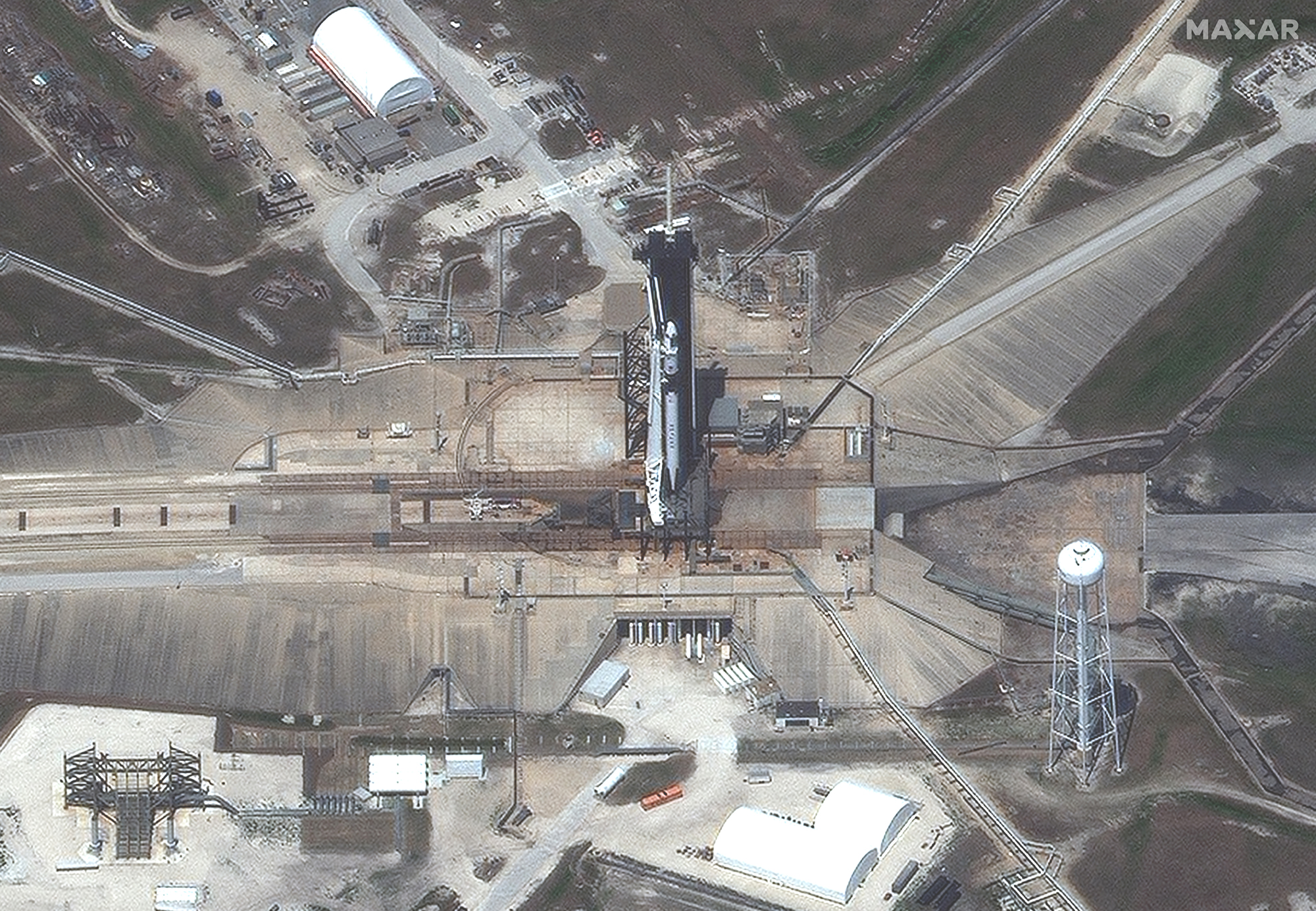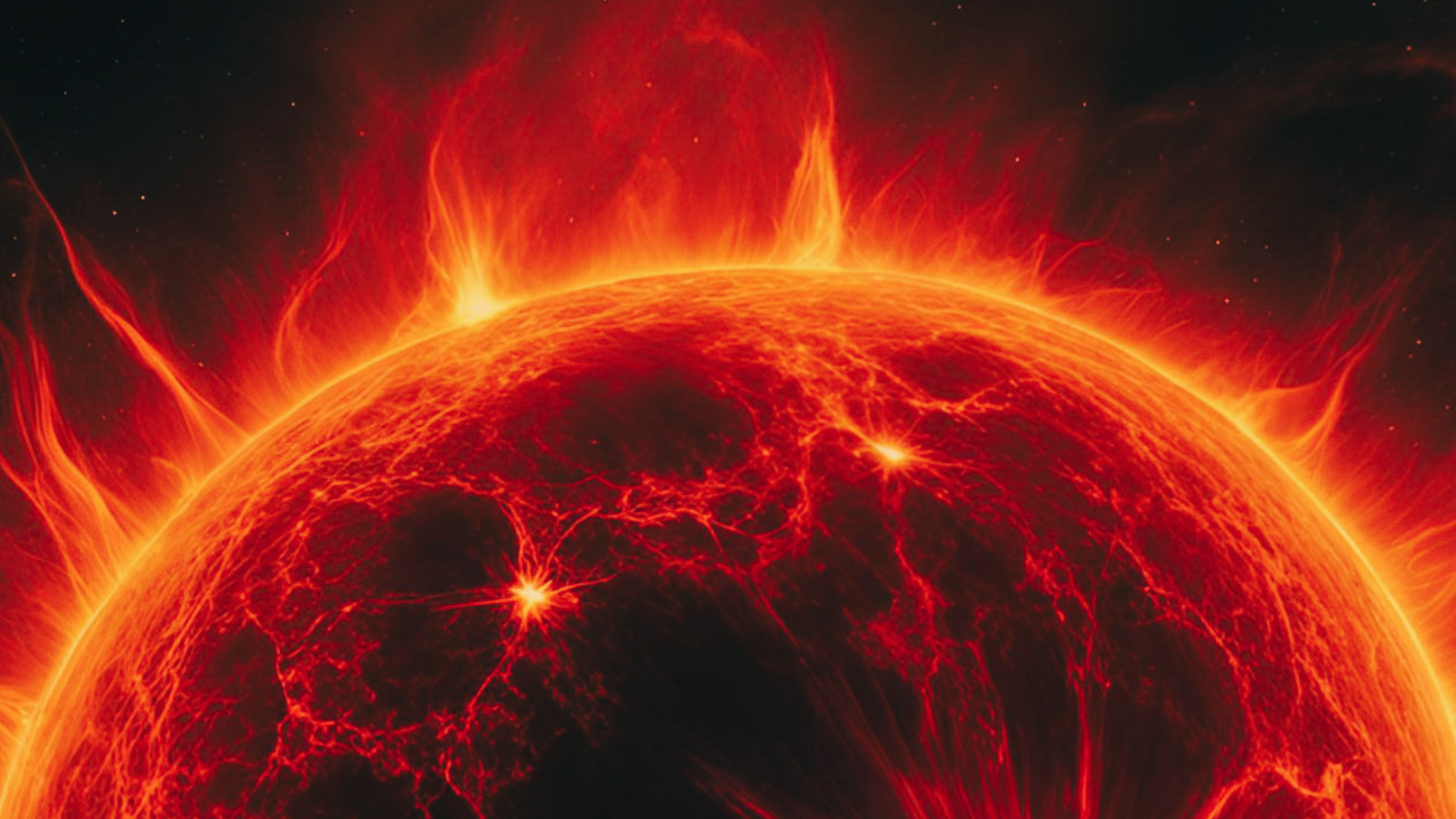SpaceX's 1st astronaut mission is launching from a truly historic NASA pad
SpaceX's first crewed mission couldn't have a more appropriate jumping-off point.
The Demo-2 test flight, which will send NASA astronauts Bob Behnken and Doug Hurley to the International Space Station aboard a SpaceX Crew Dragon capsule, is scheduled to lift off this afternoon (May 27) from Launch Complex 39A at NASA's Kennedy Space Center (KSC) in Florida. (Launch is set for 4:33 p.m. EDT, or 2033 GMT, and you can watch the launch live here and on the Space.com homepage via NASA TV, with coverage beginning at 12:15 p.m. EDT, or 1615 GMT.)
Demo-2 is a historic mission — the first orbital human spaceflight to launch from the U.S. since NASA retired its space shuttle fleet in July 2011. And 39A is a truly historic pad.
In photos: NASA's Launch Pad 39A, from Apollo to shuttle to SpaceX
The complex was built in the 1960s to host launches of NASA's Saturn V moon rocket. All but two of the crewed Apollo missions lifted off from 39A, including Apollo 8, which sent astronauts to lunar orbit for the first time, and Apollo 11, the first crewed flight to the moon's surface. (The two exceptions were Apollo 7, which launched from Cape Canaveral Air Force Station's Pad 34, and Apollo 10, which used the sister site of 39A, KSC's Launch Complex 39B.)
The last-ever Saturn V liftoff, an uncrewed May 1973 mission that lofted the Skylab space station to Earth orbit, also occurred at Pad 39A. But the three crewed Skylab flights that followed used Pad 39B.
Then came the shuttle era. Pad 39A hosted most of the 135 space shuttle launches, including the first 24 and the final 18. (Other shuttle flights lifted off from 39B.) And shortly after the shuttle era ended, SpaceX stepped in.
Breaking space news, the latest updates on rocket launches, skywatching events and more!
In 2014, Elon Musk's company signed a 20-year exclusive lease to use Pad 39A and soon began modifying the complex to accommodate its Falcon 9 and Falcon Heavy rockets. SpaceX first launched a mission from the pad in February 2017, sending a robotic Dragon cargo capsule toward the International Space Station atop a Falcon 9.
More liftoffs have followed, including the first three Falcon Heavy launches — in February 2018, April 2019 and June 2019 — and Crew Dragon's first visit to the space station, the uncrewed Demo-1 mission in March 2019.
And now comes Demo-2, to add yet another notch to Pad 39A's heavily scored belt.
"We went to the moon from Pad 39A, and 82 of our 135 shuttle missions launched off that pad, including three of my flights," KSC director Bob Cabana, a former NASA astronaut, said during a news conference on Tuesday (May 26).
"And now, rather than rusting away in the salt air, through our partnership with SpaceX that pad is being used once again," Cabana said. "And it's now for our Commercial Crew Program, as well as other missions for SpaceX. And I think that's absolutely outstanding — truly an historic time [for] an historic pad."
SpaceX holds a $2.6 billion contract with NASA's Commercial Crew Program to fly six operational missions to and from the space station with Crew Dragon and the Falcon 9.
Those missions will start soon after Demo-2 wraps up, provided the test flight goes well. So, Pad 39A's return to human spaceflight prominence is not a mere one-off.
- Meet the NASA astronauts launching on SpaceX's historic Crew Dragon test flight
- Here's what SpaceX's 1st spaceship to carry astronauts looks like from space (satellite photos)
- Liftoff! Watching SpaceX make history at Pad 39A
Mike Wall is the author of "Out There" (Grand Central Publishing, 2018; illustrated by Karl Tate), a book about the search for alien life. Follow him on Twitter @michaeldwall. Follow us on Twitter @Spacedotcom or Facebook.
OFFER: Save 45% on 'All About Space' 'How it Works' and 'All About History'!
For a limited time, you can take out a digital subscription to any of our best-selling science magazines for just $2.38 per month, or 45% off the standard price for the first three months.

Michael Wall is a Senior Space Writer with Space.com and joined the team in 2010. He primarily covers exoplanets, spaceflight and military space, but has been known to dabble in the space art beat. His book about the search for alien life, "Out There," was published on Nov. 13, 2018. Before becoming a science writer, Michael worked as a herpetologist and wildlife biologist. He has a Ph.D. in evolutionary biology from the University of Sydney, Australia, a bachelor's degree from the University of Arizona, and a graduate certificate in science writing from the University of California, Santa Cruz. To find out what his latest project is, you can follow Michael on Twitter.


